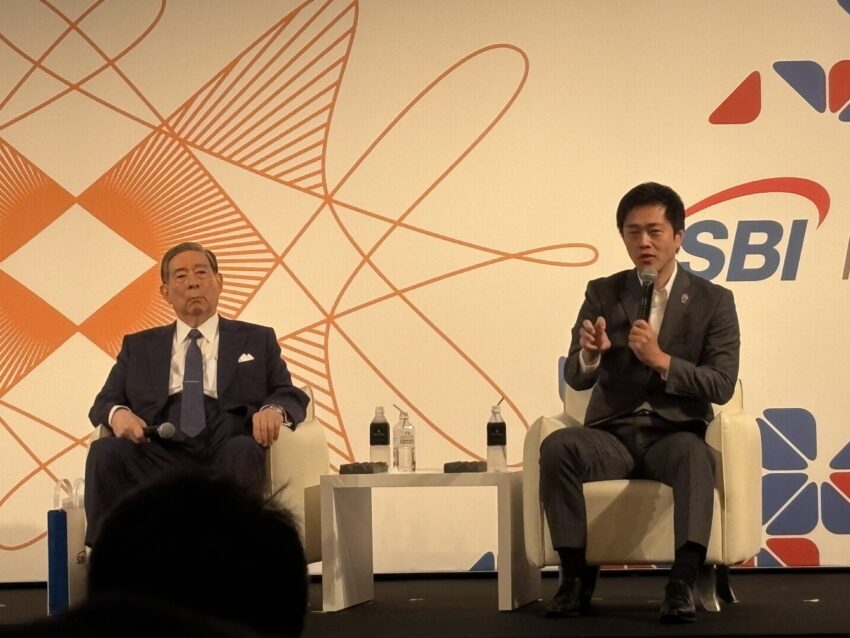Last week, Osaka Governor Yoshimura highlighted the results of the third year of the “Osaka International Financial Cities” initiative. The city has assembled 27 foreign financial institutions and 650 startups, demonstrating its ambition to establish itself as the next generation of financial hubs.
Once considered the financial hubs of Asia, Singapore and Hong Kong are now facing competition as the rise of stubcoins raises questions about which countries or cities will guide them.
Korea: Pivots towards private stubcoins and retail payments
South Korea, which focuses primarily on the central bank’s digital currency (CBDC) initiative, has accelerated its pivot towards private stubcoins. The Financial Services Commission is set to introduce a comprehensive regulatory bill to Congress in October 2025, and will encourage the deployment of winning stubcoins. At the same time, the Bank of Korea launched a dedicated digital assets team to promote surveillance and market development.
Major players like Kakaobank are preparing to enter a market that views retail payments and cross-border remittances as key growth drivers. Korea’s advantage lies in its extensive adoption of advanced digital infrastructure and fintech. With mobile payments and online banking already ubiquitous, the country is well positioned to expand the use of stubcoin for consumers once regulations are in place.
Japan: First Mover with a Comprehensive Legal Framework
Japan has established one of the world’s most comprehensive legal systems for stablecoins. The revised Payment Services Act, enacted in June 2025, distinguishes them from constant speeds and cryptocurrency by classifying them as “electronic payment methods.” Financial Services Institutions (FSAs) strictly supervise issuers and restrict them to banks, trust companies and licensed remittance companies.
JPYC will be registered as a remittance operator and will start stubcoins with a circle in the fall of 2025. The initial issuance target is $68 billion, and the long-term target is $6.8 billion. Circle introduced USDC to Japan in March 2025 via SBI VC Trade. Mitsubishi UFJ Trust is preparing its Progmat Coin system.

Japan has launched the world’s first stubcoin, supported by the yen, legally recognized as a payment instrument. Expected use cases include carbon margin trading, trade settlements, and cross-border payments. Osaka hosts a growing cluster of startups and international organizations. Japan aims to become a stubcoin hub in Asia through clear regulations and aggressive market adoption.
Hong Kong and Singapore: Compete through licensing
Hong Kong implemented the Stubcoin Ordinance on August 1, 2025, and introduced Asia’s first comprehensive licensing system. Additionally, the issuer must maintain full reserves with high quality liquid assets and comply with customer requirements that are known to strict anti-money laundry. Authorities plan to issue their first licenses in early 2026, with over 40 companies planning to prepare applications. Hong Kong focuses on transparency and institutional reliability. However, actual recruitment delays could potentially slower momentum compared to Japan and South Korea.
Meanwhile, Singapore established the Digital Token Service Provider (DTSP) framework in June 2025, setting strict requirements and restricting publishers that generally focus on overseas. Paxos received approval in 2024, but a wider market is under development. Singapore’s cautious attitude emphasizes its preference for long-term stability against rapid expansion.
China: Turns to original internationalization through stablecoins
In August 2025, a media report said Beijing had begun its quest for yuan-raised stubcoins as part of a broader strategy to reduce its dependence on the US dollar and accelerate the internationalization of the yuan. The government will release its roadmap later this month, planning its first deployment in Hong Kong and Shanghai.
China is already leading the deployment of CBDCs, raising questions about its overlap with private stubcoin. However, given its policy measures and market impact, the former support stubcoin could significantly reshape the Asian financial environment.
Outlook: Competitive model for the next financial centre in Asia
Stablecoin races redefine what it means to be an Asian financial hub. Japan leads legal frameworks and corporate adoption, South Korea in consumer infrastructure, Hong Kong in regulatory reliability, Singapore in careful long-termism, and China in currency internationalization.
As Osaka’s efforts show, future financial leadership depends on capital concentration, regulatory clarity, real-world utility, and policy acuity. The balance of these three elements may determine which cities claim the mantle of Asia’s next financial hub.
The Asian financial hub race accelerates as Stablecoin expansion first appeared in Beincrypto.

